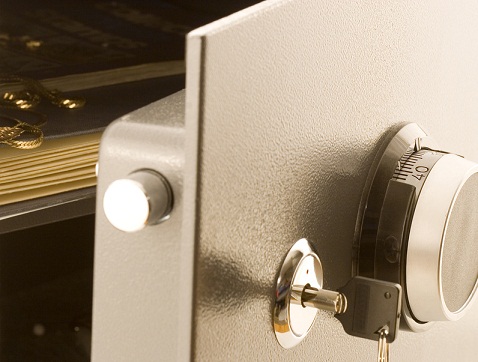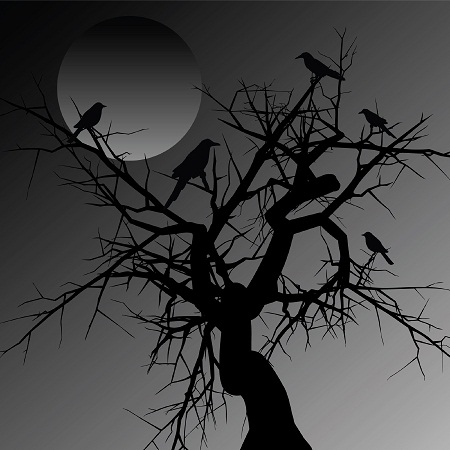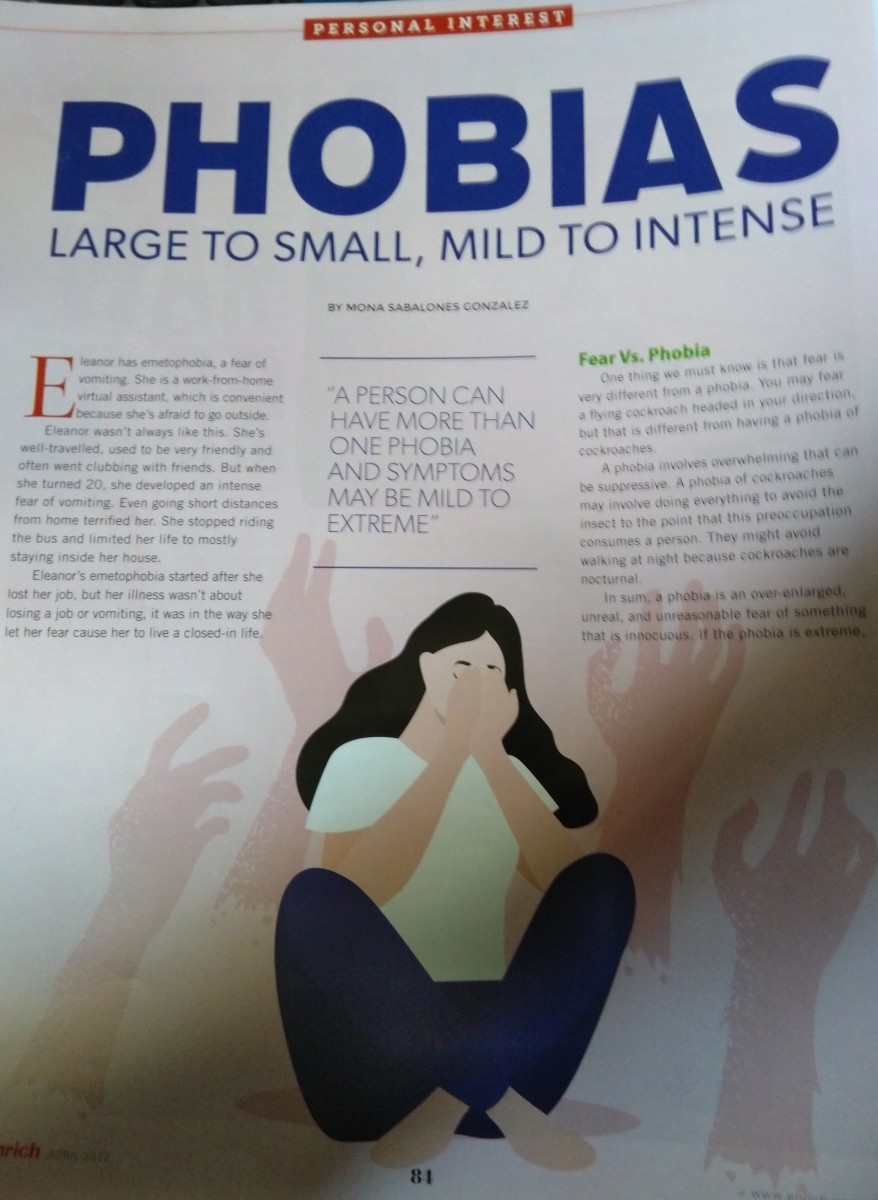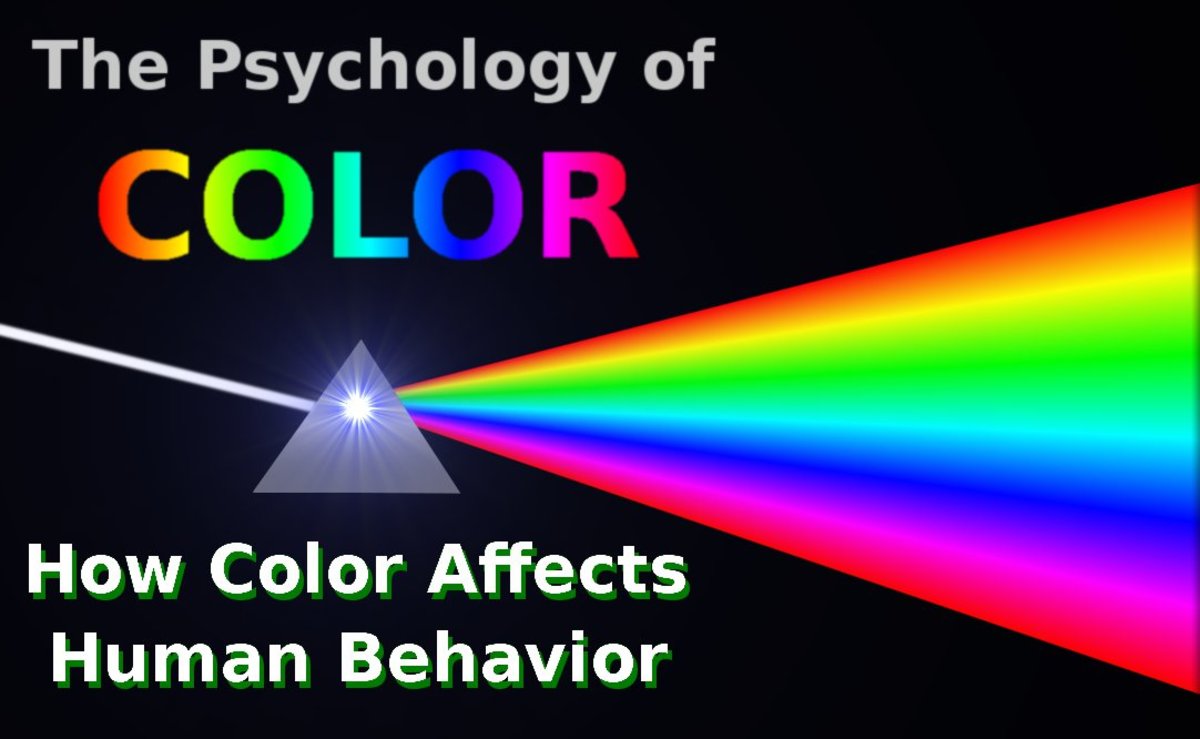- HubPages»
- Health»
- Mental Health»
- Mental Health Self-Help
Fearing Fear Itself: Understanding the Evolution of Self-Protective Behavior

Why do we lock our doors at night?
The most obvious answer suggests the attempt to protect our possessions, both bodily and material. A thoughtful individual might argue that because we feel the need for physical security in our lives, we find ourselves motivated by a “healthy fear.” Indeed, on the surface, taking such action meets a need for security in our daily lives. However, if fear is the realistic response to a threatening situation, then fear is not the motivation when we lock our doors at night. Most of us will agree, we have never done so because an intruder lurked menacingly on the other side to enter our homes. On the contrary, no real or present danger lies at hand. Only the anticipation of such an intruder exists. When locking our doors at night, our fears remain irrational and out of proportion to the danger elicited in the actual situation. Therefore, what we call a “healthy fear” masks the common and accepted practice of a phobia.

Many types of phobias exist, but which one drives us to lock our doors at night?
To plausibly answer, the phobia of danger could contain enough motivation for some, but, to most people, danger translates in our minds as a feeling, not an opposing force. Take for example, the uneasiness of any typical human being as he or she wakes from a peaceful night’s rest to find the front door unsecured. Imagine a person beginning to leave the house for work early one morning, grasping the doorknob, and noticing how easily it turns. The result: a wave of panic races through the veins, elevates blood pressure, and causes everything inside the person to jump. As the heart rate gains momentum, the brain begins to tell him or her, “You left the door unlocked all night!” Surely everyone feels this insecurity at some point in life. Some people will shrug this feeling off, realizing the absence of danger in the situation. Others will search through the house affirming the maintenance of their possessions, while trying to shake loose the feelings of insecurity. Only after proper inspection does the feeling of danger subside.
Incidentally, fearing the loss of our belongings creates another surface phobia. Once again, this may connote a phobia for some, but the majority can shrug off the fear of losing possessions. If protecting our belongings from theft really motivates the locking of our doors at night, then why do we seem to feel more secure during the day time? For instance, taking a nap at noon and waking up a few hours later to find the door unlocked would not cause the same degree of panic as falling asleep past midnight without locking the doors. Are we to conclude, then, that a thief’s propensity to steal from us during the day unparallels his capability to commit the same act in the darker hours of the night? Or have we made this distinction solely in our minds? In reality, if someone covets what another owns, then the best time of day to thieve depends upon the comings and goings of the prowled rather than the prowler. Yes, these fears all seem plausible, but we are most afraid of what we do not know. Therefore, the underlying cause for locking our doors at night stems from our childhood fear of the dark.

God said, “Let there be light.”
Out of the darkness, our imaginations build hideous creatures from coat racks. We never realize the monstrous shadow on the wall, seemingly looming over the bed post, actually belongs to the branches of a nearby tree outside the window. And as adults, locking our doors at night becomes a ritual that confirms, continues, and maintains our phobia of darkness. Some scientists would even say this is a genetically infused trait which served a greater protective biological function for our human ancestors during a time when darkness made them more vulnerable to attack, a threat which was unmitigated by the limited campfire light.
The confirmation of our fears comes during childhood when adults teach us to combat the darkness by shutting it out of our rooms. If a child becomes afraid of the dark, the parents usually solve the problem by plugging in a night-light for him or her. While this may seem like the perfect solution in the mind of a parent, in the child’s mind it merely affirms that the dark contains something fearful. As our worlds expand and we grow too old to shut out darkness with childhood methods, we begin to compensate with other rituals. Instead of using a night-light to shut out the darkness in our rooms, we time our security lights precisely to twilight and lock the darkness out of our homes. As we run from these places of insecurity, we drive our fears. Fear no longer triggers the response. Quite the opposite, the response transforms into habit, which, in turn, feeds our fears of darkness. The very act of habitually locking out the perceived intruder, darkness, causes us to continually fear it.
First, we learn to fear simply the unknown contents of darkness. Then, as we mature, our fears mature. We learn to attribute to the word “darkness” many negative meanings. We begin to make associations between darkness and ignorance or the absence of knowledge. For example, a person “in the dark” carries the connotation of ignorance and a person “struggling with darkness” suggests that he or she is fighting something intrinsically evil. As we see our own unknowingness and culpability in different life situations, we maintain our fears through realizing the common thread of darkness within ourselves. Therefore, we remember to lock our doors at night because we daily remind ourselves of the darkness collectively shared by humanity.
Recognizing the phobia of darkness in the act of locking our doors does not perpetuate a necessary change in habit, as the recognition of some phobias do. The fear of leaving one’s house or the fear of people may be detrimental, but certain phobias necessarily function within a society. The word phobia, like the word darkness, in our minds tends to connote the negative and so we find ourselves reluctant to consider the causes of our actions related to it. One might even say we have developed a phobia of phobias. However, whether we call it a precautionary method, a “healthy fear,” or a phobic response, we should always try to remain aware of what motivates our actions. It’s okay to take precautions. However, I’d say there is no such thing as a healthy fear. What we fear limits us. Fear draws boundaries around our lives and tells us that it is a box we should not step out of. It tells us where we can go, what we can do, and whom we should respect or love. It does all of this under the guise of keeping us safe, secure, and protected. However, that safety is an illusion. A simple lock and chain on a door isn’t going to keep anyone out who truly wants to take what you have from you. Of course, all this has become a metaphor for how we live our lives in general. It’s not really about locking your door at night, but about being open to every experience in life, taking risks, and letting opportunities in. If you don’t understand that about yourself, then fear wins.
© 2013 maramerce








